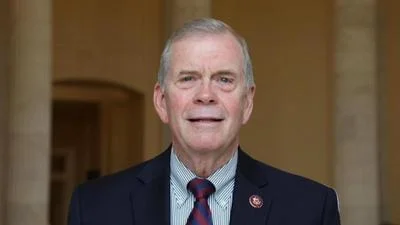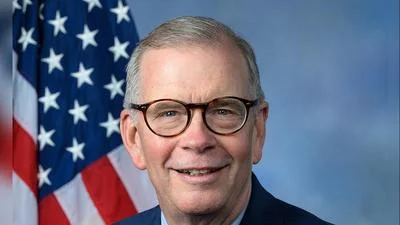Congressman Tim Walberg | Rep. Tim Walberg Official U.S House Headshot
Congressman Tim Walberg | Rep. Tim Walberg Official U.S House Headshot
On May 17, 2023, the Energy Subcommittee advanced the Energy Emergency Leadership Act, introduced by U.S. Representatives Tim Walberg (R-MI) and Lisa Blunt Rochester (D-DE). This bipartisan piece of legislation passed the House in the 117th Congress with overwhelming support from Members on both sides of the aisle.
This legislation would amend the Department of Energy Organization Act to require the Secretary of the Department of Energy to assign energy emergency and energy security functions to an Assistant Secretary, including responsibilities concerning infrastructure and cybersecurity.
"The last few years have seen a dramatic and concerning rise in the number of attacks on our critical energy infrastructure,” said Rep. Walberg. "Strengthening our cyber defense and emergency response capabilities in the energy sector has never been more important. We must be taking every step to protect energy reliability, and I am proud to work with Rep. Blunt Rochester to continue to advance this effort and improve our defenses from hostile actors."
“One of the most important responsibilities of government is protecting our critical infrastructure,” said Rep. Blunt Rochester. “The increase in cyber and physical threats to our energy infrastructure over the past number of years necessitates action from the federal government. That’s why I’m proud to be joining Rep. Walberg in our work to advance our Energy Emergency Leadership Act to protect our grid."
The Department of Energy's emergency functions have long been oriented around oil supply shocks, despite new threats, and are not clearly identified as core functions. This can be problematic for department leadership, management, and coordination on these issues, especially with increasing cybersecurity threats. This legislation would help elevate energy emergency and cybersecurity responsibilities as a core function for the Department and better protect our grid and critical energy infrastructure.
Original source can be found here.





 Alerts Sign-up
Alerts Sign-up